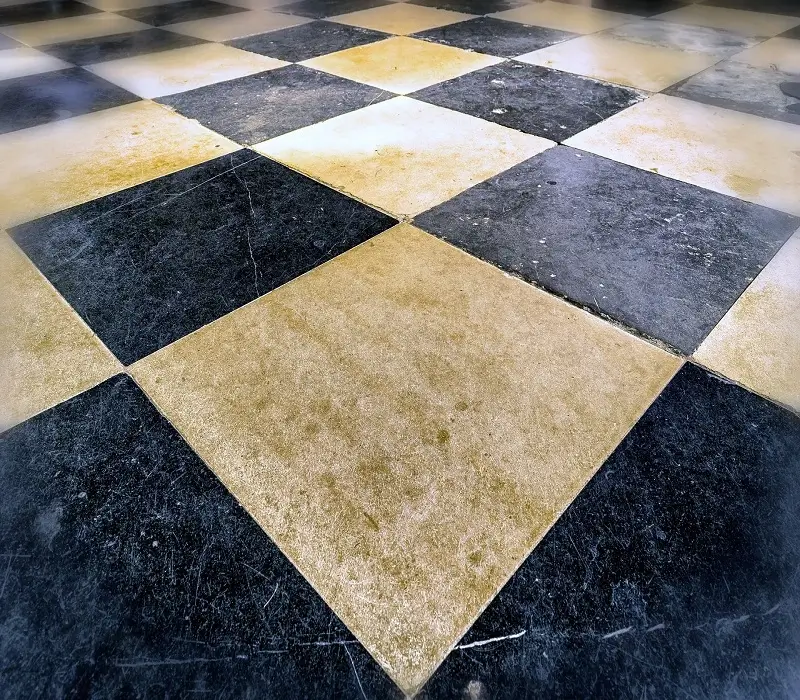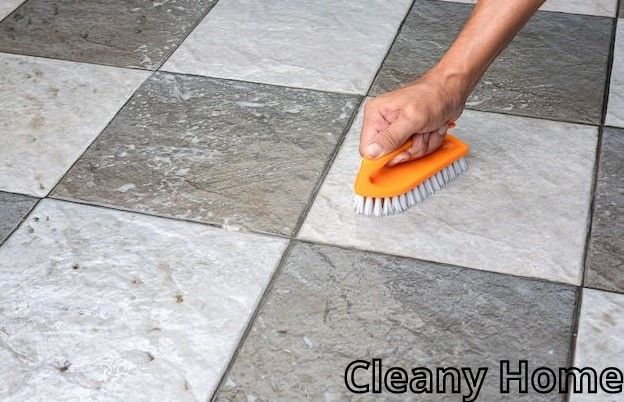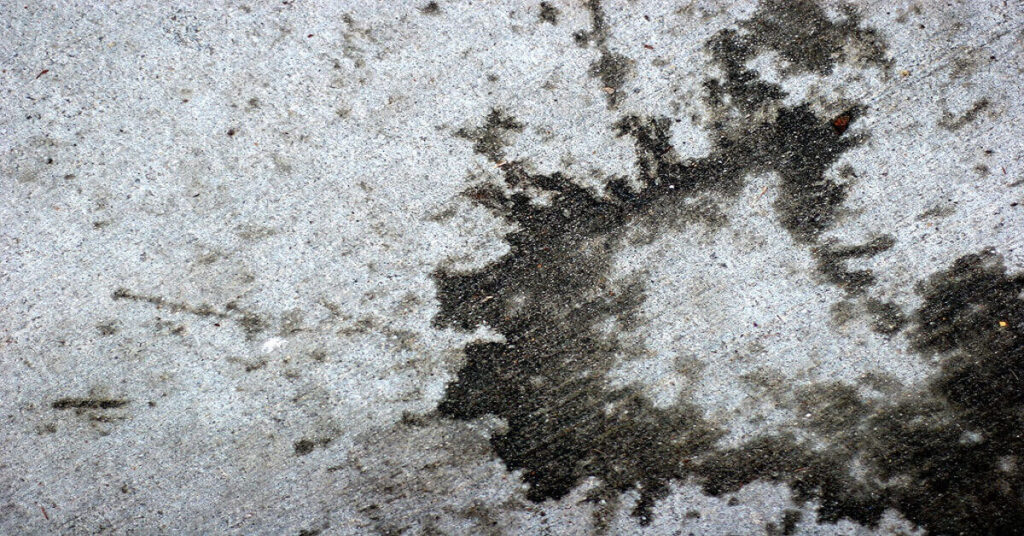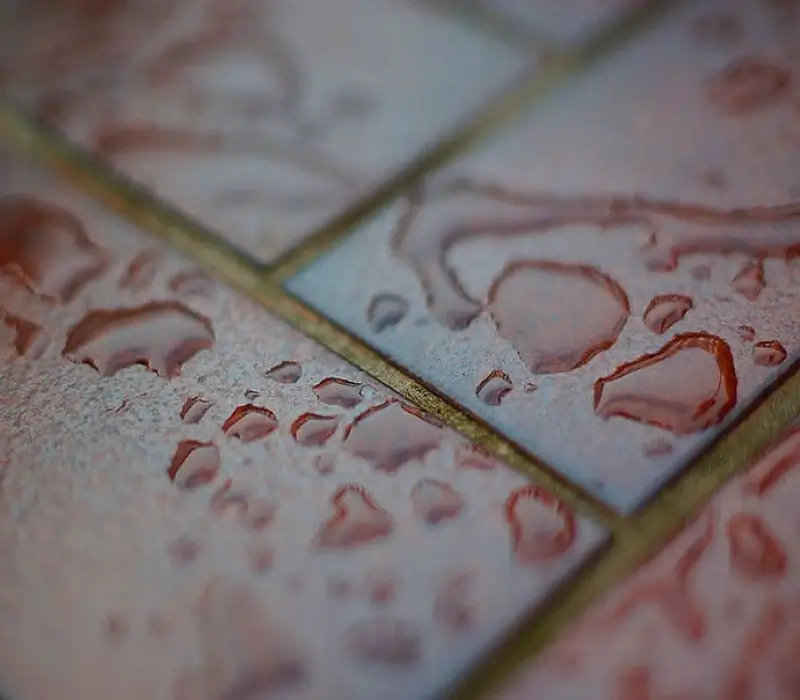
We all know how lovely it’s to take a hot shower while admiring the gleaming of your bathroom tiles. And to achieve such a cleanliness degree, many of us opt for commercial bathroom cleansers like Harpic. Because of its simplicity and affordability, this product is a popular choice among many households. So now we will discuss the best ways how to remove harpic stains from tiles. Yet, as with any other cleaner, it can leave a stain if the amount of Harpic combined with water is exceeded.
It might sound paradoxical, but the stains you’ll encounter will not always be due to an excessive amount of Harpic. Because this product contains 10% hydrochloric acid, marble tiles, for example, are more prone to etching. Yet, regardless of the stain you face, this article will help you restore your tile floors’ attractiveness.
Table of Contents
How to Remove Harpic Stains from Tiles
Baking Soda
One of the most critical aspects of eliminating any stain is to act quickly. And this is exactly what you should do with the Harpic stain on your floor.

Start by sprinkling a liberal quantity of baking soda over the soiled area and let it sit for a few minutes. Baking soda is an alkaline substance capable of neutralizing acid spills such as Harpic. It’s also a non-toxic natural ingredient that is safe to use on almost any surface. Then wipe everything off your floor.
Remark: For old stains, we recommend you create a thick paste of baking soda combined with water. Apply the mixture to the stained area, and let it for a few minutes. Then rinse the treated spot.
If the stain manages to resist the baking soda approach, proceed as follows:
Ammonia
Combine an equal part of Ammonia with water based on the size of the stain. Next, use a sponge or a mop and dampen the affected area with the solution you made.
Then, take a soft brush and scrub the stain until it’s completely removed. Rinse with water, and voilà. It should be as neat as a pin.
Please keep in mind that Ammonia is corrosive and can hurt your skin. Thus, we recommend wearing rubber gloves and ensuring adequate ventilation within the room.
Rubbing Alcohol
Another great and effective technique for Harpic stains is rubbing alcohol. The cool thing about this product is that it’s easy to use and doesn’t require any elbow grease. Simply soak a paper towel in this solution and place it over the affected area.
Leave the towel for a few minutes before taking it off. Scrub the treated spot using a brush and rinse with water. If the first application doesn’t eliminate the Harpic stain, you can repeat this operation.
How to Remove Harpic Stains from Natural Stone Tiles
When natural stone tiles, such as marble, are exposed to acidic substances, they undergo a physical change. The stain caused by Harpic or any similar chemical on marble tiles is known as “etching.” It occurs due to a chemical interaction between acid and the stone’s calcium carbonate makeup.
It’s possible to remove the etching from the marble tiles, yet it requires a different approach. You’ll need a marble restoration kit or etch removal product to address this issue. Make sure the product you purchase is the appropriate one.
In other words, it needs to be the one that fix etches caused by acid substances. Once you have the product on hand, follow the instructions on its package label and proceed carefully.
Conclusion
To avoid similar stains in the future, make sure to respect the amount of Harpic used with water. You can find the amount required on the product label.
Other than that, we hope the information provided in this article has been helpful to you. Don’t forget to leave us a comment below sharing your opinion about these approaches and how successful they were to you.
Just like your tile floors, your toilet seat can also get stained by Harpic. But don’t worry, our article on how to remove Harpic from a toilet seat covers some fantastic tips. All the approaches mentioned in that article are low-cost and incredibly effective.
We're an affiliate
We hope you love the products we recommend! Just so you know, CleanyHome.com is a participant in the Amazon Services LLC Associates Program, an affiliate advertising program designed to provide a means for sites to earn advertising fees by linking to Amazon.com.


